As the demand for sustainable and cost-effective building materials continues to increase, faux stone facade has emerged as an innovative solution for modern architectural projects. With its remarkable resemblance to natural stone, durability, and ease of installation, faux stone facade has gained popularity in both commercial and residential construction. This article will explore the key features and advantages of faux stone facade, along with its growing adoption in the architectural sector. I. The Evolution of Faux Stone Facade: Over the years, faux stone facade has evolved significantly in terms of appearance, quality, and versatility. Earlier versions were predominantly made of concrete or plaster, which failed to replicate the authenticity of natural stone.

.
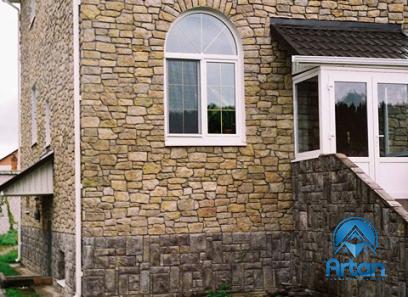 However, advancements in manufacturing techniques have allowed the development of highly realistic faux stone products, created using high-density polyurethane foam or molded resin. II. Aesthetics: Handcrafted Elegance: Faux stone facade perfectly imitates the intricate textures, colors, and patterns found in natural stone. Through the artful combination of pigments and molds, manufacturers can produce a wide range of designs, including limestone, brick, granite, and slate. The attention to detail ensures that every piece appears unique and authentic, allowing architects to achieve a visually stunning appearance for their buildings. III. Durability and Longevity: One of the most significant advantages of faux stone facade is its exceptional durability. Unlike natural stone, faux stone facade is resistant to weathering, staining, and fading. The materials used in its production are specifically formulated to withstand harsh climatic conditions, ensuring that the facade retains its pristine appearance for decades.
However, advancements in manufacturing techniques have allowed the development of highly realistic faux stone products, created using high-density polyurethane foam or molded resin. II. Aesthetics: Handcrafted Elegance: Faux stone facade perfectly imitates the intricate textures, colors, and patterns found in natural stone. Through the artful combination of pigments and molds, manufacturers can produce a wide range of designs, including limestone, brick, granite, and slate. The attention to detail ensures that every piece appears unique and authentic, allowing architects to achieve a visually stunning appearance for their buildings. III. Durability and Longevity: One of the most significant advantages of faux stone facade is its exceptional durability. Unlike natural stone, faux stone facade is resistant to weathering, staining, and fading. The materials used in its production are specifically formulated to withstand harsh climatic conditions, ensuring that the facade retains its pristine appearance for decades.
..
 Moreover, its low maintenance requirements make faux stone facade an attractive option for architects and building owners. IV. Installation Ease and Cost Efficiency: Compared to natural stone, faux stone facade offers a simplified installation process. The lightweight nature of the materials enables faster and more efficient construction. Additionally, advanced interlocking systems and adhesive techniques eliminate the need for complex masonry work, further reducing labor and time requirements. Consequently, these benefits contribute to cost savings for builders and investors without compromising on the quality or aesthetics of the final result. V. Environmental Sustainability: In an era where sustainability is a global concern, faux stone facade presents an eco-friendly alternative to natural stone. Its production requires fewer natural resources and energy, making it a more sustainable choice. Additionally, faux stone facade can be recycled at the end of its lifecycle, minimizing waste and reducing the environmental impact of construction projects.
Moreover, its low maintenance requirements make faux stone facade an attractive option for architects and building owners. IV. Installation Ease and Cost Efficiency: Compared to natural stone, faux stone facade offers a simplified installation process. The lightweight nature of the materials enables faster and more efficient construction. Additionally, advanced interlocking systems and adhesive techniques eliminate the need for complex masonry work, further reducing labor and time requirements. Consequently, these benefits contribute to cost savings for builders and investors without compromising on the quality or aesthetics of the final result. V. Environmental Sustainability: In an era where sustainability is a global concern, faux stone facade presents an eco-friendly alternative to natural stone. Its production requires fewer natural resources and energy, making it a more sustainable choice. Additionally, faux stone facade can be recycled at the end of its lifecycle, minimizing waste and reducing the environmental impact of construction projects.
…
 VI. Increased Popularity and Adoption: The rise in popularity of faux stone facade is evident in its growing adoption rate within the architectural sector. Architects and designers are increasingly incorporating faux stone into their projects to achieve the desired aesthetic appeal while maintaining cost and maintenance benefits. The versatility of faux stone facade has made it a favorite for both residential and commercial applications, ranging from exterior cladding to interior feature walls. Conclusion: The advent of faux stone facade has revolutionized the way modern buildings are designed and constructed. With its ability to replicate the beauty and timelessness of natural stone, along with its durability, ease of installation, and eco-friendliness, faux stone facade has become a popular choice for architects and building owners alike. As the demand for sustainable and cost-effective building materials continues to rise, the faux stone facade market is expected to experience exponential growth in the coming years.
VI. Increased Popularity and Adoption: The rise in popularity of faux stone facade is evident in its growing adoption rate within the architectural sector. Architects and designers are increasingly incorporating faux stone into their projects to achieve the desired aesthetic appeal while maintaining cost and maintenance benefits. The versatility of faux stone facade has made it a favorite for both residential and commercial applications, ranging from exterior cladding to interior feature walls. Conclusion: The advent of faux stone facade has revolutionized the way modern buildings are designed and constructed. With its ability to replicate the beauty and timelessness of natural stone, along with its durability, ease of installation, and eco-friendliness, faux stone facade has become a popular choice for architects and building owners alike. As the demand for sustainable and cost-effective building materials continues to rise, the faux stone facade market is expected to experience exponential growth in the coming years.
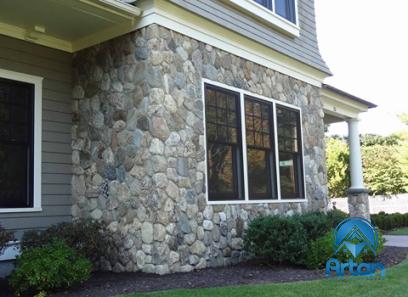
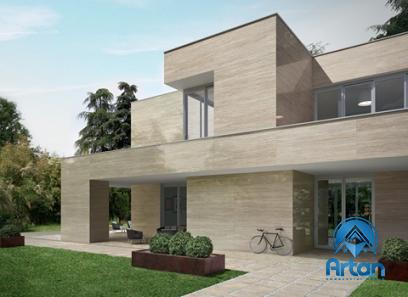
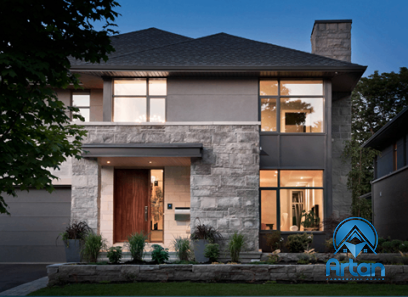

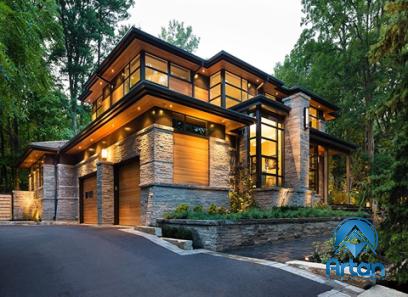
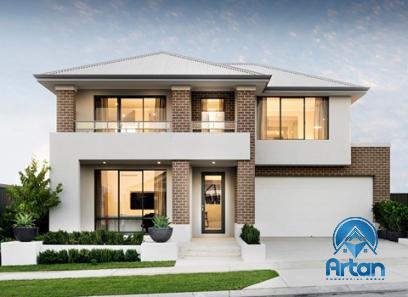
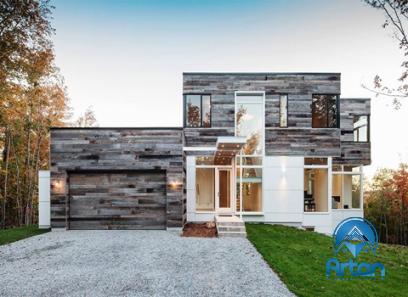
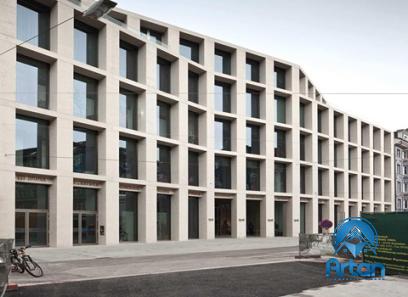
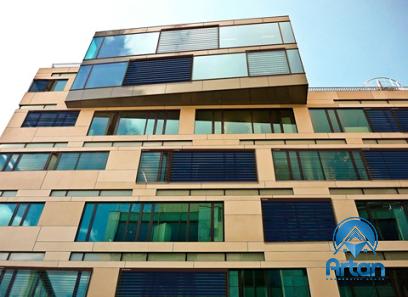
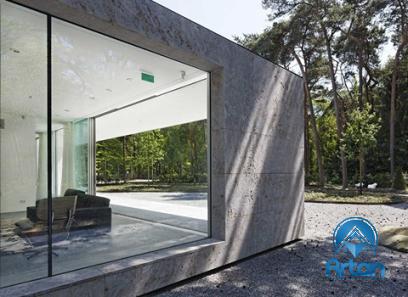
Your comment submitted.